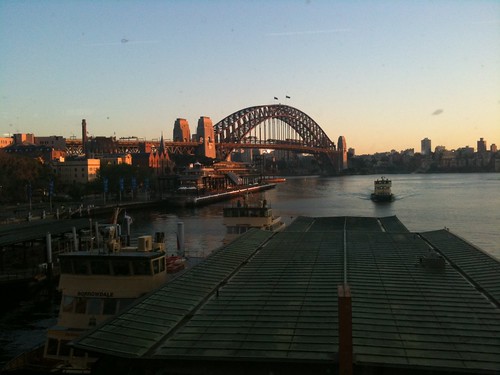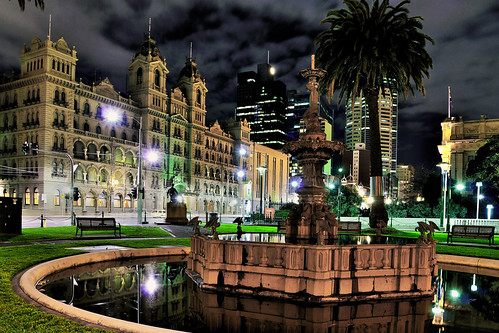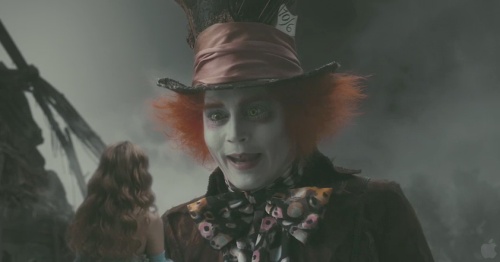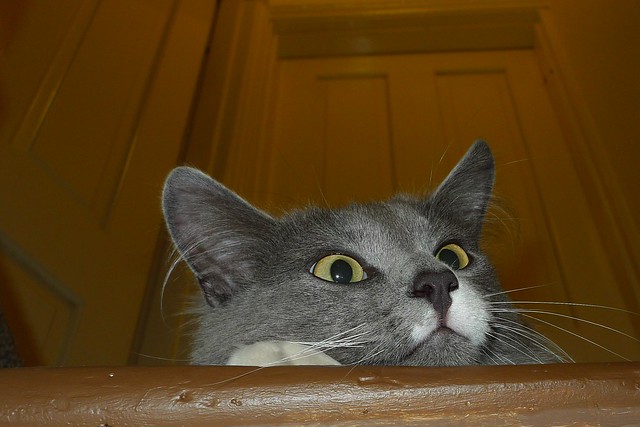When it comes to the pop-culture representation of various professions, doctors, lawyers and the police have traditionally been the most heavily represented on television. Yet urban planners can claim a disproportionate prominence in the area of computer games: since 1989, one of the most persistent game genres has been city-builder games, most famously epitomised by the SimCity series. It’s possible that SimCity has done more than any other single source to disseminate information about what urban planners do, especially amongst younger sections of the population. But what do SimCity and other city-builder games say – and teach – about our profession?
Stephen Rowley
The camera on the iPhone really is rubbish by any objective standard… but I do find it has a kind of lo-fi aesthetic to it.
Originally published as an editorial under a joint by-line with Tim Westcott and Gilda Di Vincenzo in Planning News 36, no. 3 (April 2010): 4.
“I am a bit tired,” was the Planning Minister’s explanation in the midst of his cringe-inducing interview with Neil Mitchell after the release of the now-infamous Windsor Hotel media plan; the same protest slipped out during the Minister’s subsequent press conference announcing that the hotel redevelopment would go ahead. On both occasions it was an unusually direct and human admission, all the more notable for the contrast with the attempts at tightly controlled media messaging that had created the problem in the first place.
There seems little doubt that regardless of what happens in this election year, the Windsor Hotel will be remembered as a low point in Justin Madden’s career. Yet what are the actual lessons to be learnt here?
Alice in Wonderland (Tim Burton, 2010)
The best-remembered of the many adaptations of Lewis Carroll’s two “Alice” books is the animated adaptation released by the Disney Studio in 1951. Walt Disney, who worked on his version on and off for the best part of fifteen years, was renowned for his story sense: an uncanny ability to sense and solve story problems, as well as a knack judging the taste of the public. So what did he make of Alice in Wonderland as a story? Well how about:
“[I got] trapped into making Alice in Wonderland against my better judgement.”
And:
“[It was] a terrible disappointment.”
And:
“We just didn’t feel a thing, but we were forcing ourselves to do it.”
And:
“The picture was filled with weird characters.”
Disney had realised (too late) that Carroll’s books are essentially the opposite of what a Hollywood narrative is supposed to be. They centre on a character who we never identify with on any emotional level; who embarks on her adventures without any clear purpose; and who is tormented by a series of unsympathetic characters for no clear reason. Carroll therefore breaks all the rules of conventional Hollywood narrative: that we have an emotional connection with the protagonist; that the plot unfolds through a series of events that happen for clearly outlined reasons; and that characters have clear motivations for their actions. The randomness, nonsense, and mind games of Carroll’s Wonderland are a big ask for Hollywood.
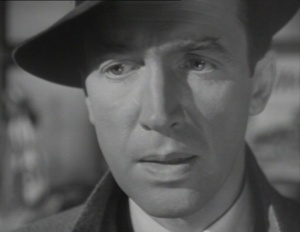 It’s a Wonderful Life (Frank Capra, 1946)
It’s a Wonderful Life (Frank Capra, 1946)
In his autobiography The Name Above the Title, Frank Capra was straightforward in his self-assessment of It’s a Wonderful Life. “I thought it was the greatest film I had ever made,” he wrote, adding: “Better yet, I thought it was the greatest film anybody had ever made.” We might fault Capra for saying it himself, but the passage of time has largely vindicated his hubris. As fewer and fewer films from the middle of the twentieth century are revived, It’s a Wonderful Life remains one of the perennial standards, still widely loved by popular audiences rather than just a hard core of film buffs. Its impact on audiences remains strong: the dulling of impact usually wrought by the passage of time has not appreciably weakened the film. This is particularly surprising given the its firm footing in its time. The film expresses many of the fears and hopes of America after World War II, and is one of the most rewarding films to study in looking at the values espoused by Hollywood at the start of the post-war era.
We do the film a disservice, though, if we only consider it as a social document and forget its value as an entertainment. As a film designed to get an emotional response, it is about as effective as any made. This at first seems to be for straightforward reasons. It is a sentimental story of an impossibly good man – George Bailey, played by one of the twentieth century’s most charismatic actors, James Stewart – who gives up many of his dreams to support his family, friends, and community. Bailey falls on bad times, is mistreated, and loses faith… only to regain it at the conclusion of the film. Broadly speaking, it’s a classic Hollywood trajectory and the impact of the film might therefore seem not at all mysterious. The extreme goodness of Bailey gets us on-side, and we have a hissable villain to contrast him with in the corrupt developer Henry Potter. The misfortunes that fall upon our good character arouse our sympathies, and we can cheer when he overcomes them. Yet there’s something more going on here than this standard storytelling device. Beyond the broad sweep of the story, the film’s approach is actually highly unusual and rarely imitated.
 Melbourne is set to join the global race to construct the largest non-functional building in an ambitious plan announced by the State Government, spurred on by the opening and then closure of the Burj Khalifa in Dubai.
Melbourne is set to join the global race to construct the largest non-functional building in an ambitious plan announced by the State Government, spurred on by the opening and then closure of the Burj Khalifa in Dubai.
That project was opened in January and then closed in February for unspecified reasons. At 828m in height, it claims the title of the world’s largest non-functional building: a glittering prize that the State Government now wants to claim for Melbourne.
Avatar (James Cameron, 2009)
James Cameron’s long-awaited Avatar is at once a state-of-the-art journey through imagined interstellar landscapes, and a rather more prosaic expedition through familiar story-telling terrain. “Great effects, so-so story” is perhaps the classic form of review for post-1977 Hollywood movies, and it’s a little sheepishly that critics have arrived once again at this basic conclusion. Yet, they have, in droves, because at the fundamental level that’s the key conclusion to be drawn about Avatar. The more interesting points to make about the film, then, aren’t those most important but most obvious observations. The sub-plots here – like the progress of James Cameron’s once-imposing directorial career, or whether the film is a giant leap in the evolution of film technology – are rather more interesting.
Stuart Wilson of hoopla pointed me to this post at FlickFilosopher, and asked my view on the suggestion that this the best year ever for animated films.
The short answer is “no, that’s silly.” Even the author of the original article talks about it mainly in terms of volume of good films. It’s true, the animation industry is humming along, and we can give bonus points for the return of hand-drawn theatrical animation in the US with The Princess and the Frog, but looking at it by volume just changes the rules so much the notion of a “best year ever” becomes meaningless.
To justify such a claim you surely should be able to point to some really landmark works, or at least a field of such enduring excellence it makes the year special, in much the same way 1939 is often talked about in the live action context. I can’t see anything of that quality about, despite all the good releases this year.

